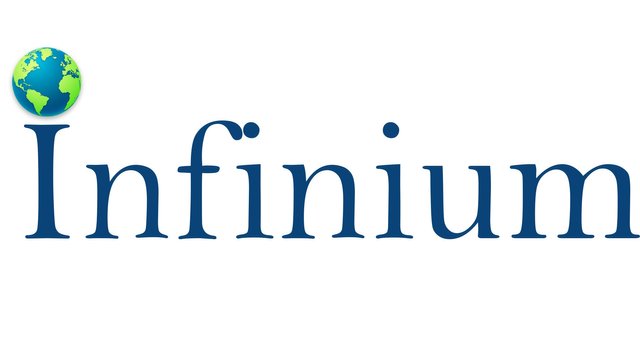Transform Your Life: Ultimate Smoking Cessation and Recovery Solutions
The global market for smoking cessation and nicotine de-addiction products is witnessing significant growth, driven by increasing awareness of the health risks associated with smoking and the demand for effective cessation solutions. According to the report, the market is projected to grow at a compound annual growth rate (CAGR) of approximately 15% over the forecast period of 2022-2028. The revenue generated by the market was over USD 20 billion in 2022 and is expected to reach more than USD 47 billion by 2028.
What are Smoking Cessation and Nicotine De-addiction Products?
Smoking cessation and nicotine de-addiction products encompass a wide range of solutions designed to help individuals quit smoking and overcome nicotine dependence. These products include nicotine replacement therapies (NRTs) such as patches, gum, and lozenges, as well as prescription medications, behavioral therapy programs, and digital applications that support quitting efforts. They play a crucial role in reducing nicotine withdrawal symptoms and cravings, making the quitting process more manageable.
Get Sample pages of Report: https://www.infiniumglobalresearch.com/reports/sample-request/1924
Market Dynamics and Growth Drivers
Several key factors are driving the growth of the global smoking cessation and nicotine de-addiction products market:
Rising Health Awareness: Growing public awareness about the harmful effects of smoking on health, including cardiovascular diseases, respiratory issues, and cancer, is leading more individuals to seek smoking cessation solutions.
Government Initiatives and Regulations: Governments worldwide are implementing stricter regulations on tobacco sales, advertising, and public smoking, along with anti-smoking campaigns. These initiatives encourage smokers to seek cessation products and services.
Technological Innovations: Advances in technology have led to the development of innovative nicotine delivery systems, including e-cigarettes and vaping products. While these products are often viewed as alternatives to traditional smoking, they also contribute to the growth of the cessation market as individuals seek to transition away from combustible tobacco.
Increased Availability of Support Programs: The availability of support programs, including counseling and digital health apps, is enhancing the accessibility of smoking cessation resources. Many organizations are offering comprehensive programs to assist individuals in their quitting journeys.
Focus on Mental Health: The growing recognition of the relationship between smoking and mental health issues has prompted more individuals to seek help for quitting. Addressing nicotine addiction is often part of broader mental health and wellness initiatives.
Regional Analysis
North America: North America holds a significant share of the smoking cessation market, driven by high awareness of smoking-related health issues and strong government support for cessation programs. The U.S. has implemented various tobacco control policies that promote the use of cessation products.
Europe: Europe is witnessing robust growth in the smoking cessation market, with countries like the U.K., France, and Germany implementing comprehensive tobacco control measures. The region's focus on public health and smoking prevention initiatives is contributing to the demand for cessation products.
Asia-Pacific: The Asia-Pacific region is experiencing rapid growth in smoking cessation and nicotine de-addiction products due to the high prevalence of smoking, particularly in countries like China and India. Increasing health awareness and government interventions are driving market expansion.
Latin America and Middle East & Africa: These regions are gradually adopting smoking cessation initiatives, supported by rising awareness of health risks and increasing access to cessation products and services.
Competitive Landscape
The smoking cessation and nicotine de-addiction products market is competitive, with several key players and emerging companies offering a variety of solutions. Key players include:
Pfizer Inc.: A leading pharmaceutical company that offers prescription medications for smoking cessation, including varenicline (Chantix).
Johnson & Johnson: Known for its Nicorette line of nicotine replacement products, including gum and patches.
GSK (GlaxoSmithKline): Offers a range of smoking cessation products, including NRTs and prescription medications.
Reynolds American Inc.: Provides innovative cessation solutions, including e-cigarettes and related products.
Nicoventures Holdings Ltd.: Focuses on developing products to help smokers transition away from combustible tobacco.
Report Overview : https://www.infiniumglobalresearch.com/reports/global-smoking-cessation-and-nicotine-de-addiction-products-market
Challenges and Opportunities
The smoking cessation and nicotine de-addiction products market faces challenges such as the stigma associated with nicotine addiction and the varying effectiveness of different cessation methods. Additionally, the rise of alternative tobacco products may complicate the landscape for traditional cessation solutions.
However, significant opportunities exist in expanding access to digital health platforms, personalized cessation programs, and the development of new, effective cessation products. As public health initiatives continue to emphasize the importance of quitting smoking, the demand for effective cessation solutions will likely increase.
Conclusion
The global smoking cessation and nicotine de-addiction products market is set for substantial growth, driven by rising health awareness, government initiatives, and technological innovations. With revenue expected to exceed USD 47 billion by 2028, the market presents significant opportunities for investment and development. As more individuals seek to quit smoking and improve their health, smoking cessation products will play a crucial role in facilitating this transition towards healthier living.
